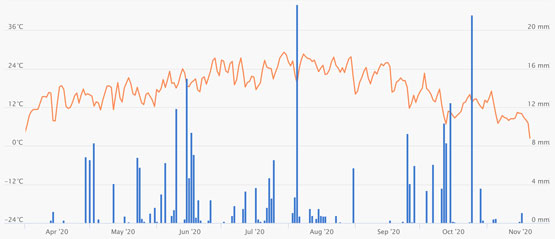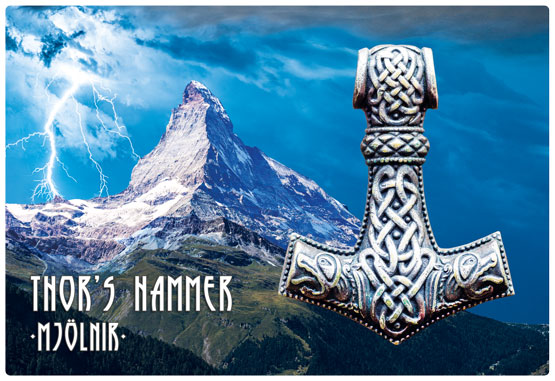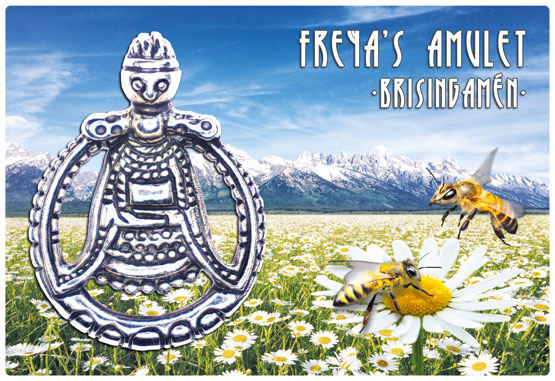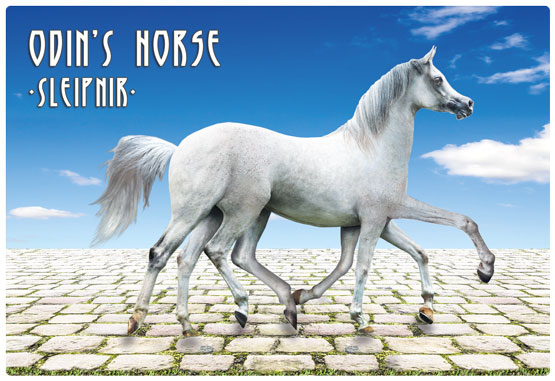Vintage 2020
Due to the corona regulations in 2020, we got no realistic opportunity to travel to Hungary. We have had Zsolt to make our wines since 2013, so we simply handed over the management of this vintage to him.
He stood the challenge, and I am proud to report the below from his work (with encouraging involvement from us in Sweden :- ).
The weather
Apart from trying late harvesting, the 2020 season was very good and uncomplicated. The spring was humid and kick-started the growing season. The summer was warm but not overly hot, with regular rain, and thus beneficial for the vines. August and September was mainly dry, and didn't induce any noticeable rot.
It is not often you can look in the rear-view mirror and conclude afterwards that you planned the harvest perfectly right, but happily this was the case ...
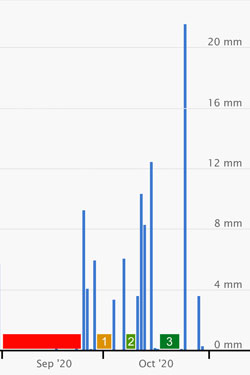 The weather in first part of September were marvelous for harvest, see the picture to the left. We noticed, that harvesting of most green grapes in Badacsony were finalized during this time, see the red period in the left figure.
The weather in first part of September were marvelous for harvest, see the picture to the left. We noticed, that harvesting of most green grapes in Badacsony were finalized during this time, see the red period in the left figure.
However, we also notified that our grapes were not fully ripened, despite grown in vineyards with perfect south exposition and steep angle towards the sun, our grapes still tasted a bit metallic and herbaceous.
Although we awaited some days with rain, we decided to postpone the harvest, and accept some risk that the grapes became diluted. But after the rain, it showed that our grapes had ingested some necessary water after the September drought, and showed to had soften up and reached perfect ripening. We also noted that rot was now lurking in our lower-lyings vineyards.
All in all, we decided to begin a "normal harvest" of solid ground grapes, in end of September, see number 1 in the left figure.
However, as you maybe know from Villa Sandahl, we always try to harvest as late as possible. On the weather forecast, we saw some imitate rain but another rain-free period a week ahead, so we did make a "late harvest" of still fresh grapes around the 10th of October, see period 2 in the figure.
This period was a bit short, and we decide to waited for another opportunity to harvest our best vineyards. After another rainy period, there emerged a really wonderful period to finalize an "ultra-late harvest" around the 22th of October, see period 3 in the figure.
Luckily we finalized to harvest during period 3, and thus avoided the 21 mm torrential rain of the 25th of October.
Grape measurements
As described above, we did never apply one finished plan for the whole harvest period, instead we regularly tasted the grapes and checked the weather forecasts, to step-wise update the plan.
Every vintage we see a correlation between grape quality, ripeness and sensitivity for rot. This means that our lower quality grapes are the first to get ripe, and also the first to show signs of rot. Because of this fact, we most often pick the lower quality first, and gradually pass over to better and better grapes.
Measurements of grape samples (average from all vineyards) :
| 2020-09-16 | 2020-09-21 | 2020-10-05 | ||
|---|---|---|---|---|
| Potential alcohol % | 13.1 | 13.3 | 13.2 | |
| Total acidity | 8.1 | 7.8 | 7.1 |
As seen from the above table, the potential alcohol was high already in September, but didn't grow alarmingly in October. The acidity is still rather high, and going down as expected.
Harvest and pressing
As we usually do, the pressing was performed with our new Scharfenberger press following a traditional Alsace process. This is, we begin to fill the press with whole clusters of well ripened grapes. The first small amount of juice running out with no pressure or very gentle pressure we declassify, and after that, the 3rd, 2nd and 1st fraction of juice emerge as we continue to heighten the pressure. After that, we lower the pressure to zero and start over again, in totally 5 times. In challenging vintages we get more of third fractions and less of 1st, and in good vintages the opposite.
| 2020-09-30 | Harvest of Genesis low including some good botrytis | |||
| 2020-10-01 | Pressing of above harvest | |||
| 2020-10-02 | Harvest of Bishop garden | |||
| 2020-10-02 | Pressing of above harvest | |||
| Normal harvest |
1 |
1st fraction juice from Genesis low | ||
2 |
1st fraction juice from Bishop Garden | |||
3 |
Mix of 2nd juice from Genesis low and 2nd juice from Bishop garden | |||
| 2020-10-09 | Harvest of Bishop Backyard East and Genesis Grafts East | |||
| 2020-10-10 | Pressing of above harvest | |||
| Late harvest |
4 |
1st fraction juice from | Bishop Backyard East and Genesis Grafts East | |
5 |
2nd fraction juice from | |||
| 2020-10-21 | Harvest of Genesis High + Genesis Grafts West | |||
| 2020-10-22 | Harvest of Bishop Backyard West + Solitude | |||
| 2020-10-22 | Pressing of above harvests | |||
| Ultra-late harvest |
6 |
1st fraction juice from | Genesis High + Genesis Grafts West + Bishop Backyard West + Solitude |
|
7 |
2nd fraction juice from | |||
| All harvests | 8 |
3rd fraction juice from Genesis low | ||
| 3rd fraction juice from Bishop Garden | ||||
| 3rd fraction juice from Bishop Backyard East and Genesis Grafts East | ||||
| 3rd fraction juice from Harvest of Genesis High + Genesis Grafts West | ||||
| 3rd fraction juice from Harvest of Bishop Backyard West + Solitude | ||||
Fermentation
Generally, wines of this vintage was easy to ferment. For example, the 3rd fraction juice achieved 8 % of alcohol, with the temperature still in its original setting of 6 °C.
It was unproblematic to multiply the yest, and the juice started quickly to ferment. Further on, it was easy to control the fermentation speed by changing the temperature, and all juices were easily managed to following the "ideal" curves.
The ratio to transform sugar to alcohol is theoretically, that 16.8 gram sugar causes 1 % alcohol. This vintage it seems that the outcome was rather close to the theoretical.
Breaking fermentation
Since the juices were easy to ferment, the speed could easily get a bit too high. This is not a big problem, one just take down the temperature a bit, and the speed get lower. However such control takes a couple of days, from setting the temperature, until the tank is cooled and the yeast has slowed down.
This vintage had a bit sharper acidity than many of our vintages in the past. However, the difference was not very bigs, but we left 1 to 2 gram of residual sugar per liter more than usually do.
Assembling the portfolio
The Covid-19 regulations did prevent us from easily going to Badacsony for to make the assemblage. But is was no problems for Zsolt to ship some samples of each wine to Sweden.
So we received a bunch of quick-filtered wines in chock-safe boxes, named with number 1 to number 8, referred in above fermentation paragraph. As we had harvested some areas earlier then we usually do, we were quite prepared to use much of these wines for the solid ground grade. On the other hand, the wines being from the ultra late harvest, were top notch quality at the same quality level as the best from recent vintages, and clear candidate for the rare peak grade.
This year we saw no reason to assemble more than one single wine within the same grad.
| Rare peak grade | Mid range grade | Solid ground grade | ||
|---|---|---|---|---|
Wine number |
6 |
1, 4, 5, 7 |
2, 3, 8 |
Bottling
The bottling was done without any complications during August 2021, by the help from the Szeremley company.
Wine information
Since we harvested a good amount of grapes a bit earlier then we use to do, and considering our quality ambitions, we classified a larger amount to solid ground grade then we used to do. With this measure we succeeded to keep up the quality on the Mid range and Rare peak grade to the level that has been our earmark since 2017.
As usual the acidity is soft, but this vintage gave us a bit more crispness to the acidity, and not near to be sharp or aggressive. The solid ground is very straight forward and easy to understand and drink. The rare peak is as usual more concentrated and complex, and optimally need to be drunk with more attendance and reflection.
Label theme
The contemporary theme maybe was expected to somehow refer to the Covid-19 plague. We could certainly make crazy Covid19 labels, but how funny is it to joke about a deadly decease ?
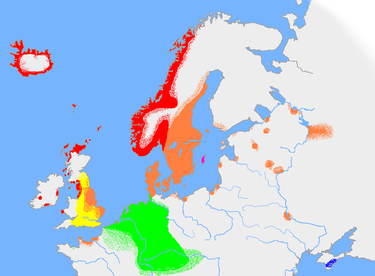 |
Instead we were a bit inspired from many new media and films about Vikings and other historical epochs. From Vikings it is close to the Old Norse gods and goddesses. This world is richly populated with fantastic Scandinavians heroes, and very well written down by Icelandic authors. | |
| In the 900s (left picture) Iceland and Norway is the Western Norse area (in red) and Denmark and Sweden is the Eastern Norse area (in orange). |
So we chose three of the most well-known gods and goddesses from the Old Norse era - Thor, Odin and Freya. Each of them we found out has a personal artifact, Thor has his hammer, Freya has her amulet, and Odin has his horse, for more details see below.
Click on the labels to get a high resolution picture.
Rare peak label
Thor is the good that has given name to the weekday Thursday. He is the son of Odin, and the strongest of all gods. When Tor is angry, he rides around on his chariot pulled by two goats among the clouds, and fights the evil giants with his hammer Mjölnir (a symbol of the thunderbolt). This is how thunder arises (the word thunder refers to Thor).
Link for more details (leads to the same site as the link from the the QR code at the back label).
Mid range label
Freya is the goddess associated with love, beauty, fertility, and sex (symbolized on the label with daisy flowers and bees), but she is also a brutal warrior. She is the owner of the necklace amulet Brísingamén (brisinga = fire and mén = jewelry), which pictures a pregnant woman. She cries tears of red gold for her husband, who often disappear. The Friday weekday name come from another Norse goddess Frigg, the wife of Odin.
Link for more details (leads to the same site as the link from the the QR code at the back label).
Solid ground label
Odin is the god of wisdom, amongst other representing knowledge and victory. He was also frenzy, and sometimes called the leader of the possessed. Odin has given names to the weekday Wednesday (Odin has plenty of names, in England he was called Wōden). He rides the flying, eight-legged steed Sleipnir across the sky and into the underworld.
Link for more details (leads to the same site as the link from the the QR code at the back label).


